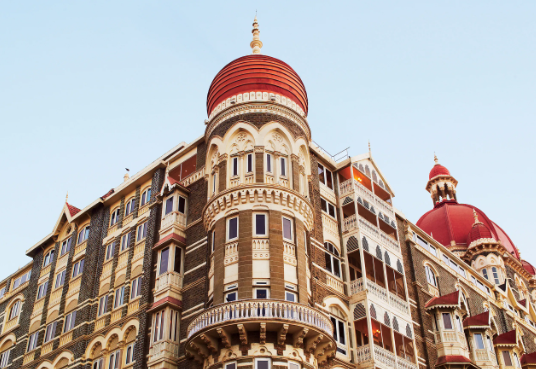Kathakali is one of the most popular classical dance forms of India, originating from the southern state of Kerala. It is a traditional art form that dates back to the 17th century and is characterized by its elaborate costumes, makeup, and intricate dance movements. The word ‘Kathakali’ is derived from two Malayalam words, ‘katha’ meaning story, and ‘kali’ meaning performance. Thus, Kathakali is a dance form that tells a story through performance.
History of Kathakali
Kathakali is believed to have originated in the 17th century, during the reign of the king of Travancore, who was a patron of the arts. The art form was developed by a group of Brahmin dancers who were trained in both music and dance. The original stories were based on the Hindu epics, Ramayana and Mahabharata, and were performed in temples and royal courts.
Costumes and Makeup in Kathakali
The costumes and makeup of Kathakali are an integral part of the art form. The performers wear elaborate costumes that are made of handwoven silk and cotton. The costumes are adorned with intricate designs and bright colors, making them visually stunning. The makeup of the performers is equally intricate and is applied with great care and attention to detail. The makeup is made using natural ingredients such as rice flour, turmeric, and charcoal, and takes several hours to apply.
Dance Movements in Kathakali
Kathakali is characterized by its intricate dance movements, which are known as mudras. These mudras are used to convey various emotions and actions to the audience. The movements are choreographed to match the music, which is usually played on traditional instruments such as the chenda, maddalam, and edakka.
Performances of Kathakali
Kathakali performances usually begin with a prayer and a drumroll. The performance then moves on to the storytelling, with the performers using a combination of dance, music, and facial expressions to convey the story to the audience. The stories are usually based on mythological or historical events, and are presented in a highly dramatic and stylized manner.
The audience is expected to participate in the performance by responding to the gestures and expressions of the performers. It is a highly interactive form of art, with the audience often joining in with the performers by clapping or singing along.
Kathakali Today
Kathakali is still a popular art form in Kerala and is performed on various occasions such as festivals, weddings, and cultural events. It is also popular among tourists who visit Kerala to experience the rich culture and heritage of the state.
Conclusion
In conclusion, Kathakali is a traditional art form that has been passed down from generation to generation. It is a beautiful blend of dance, music, and storytelling, and is a testament to the rich cultural heritage of India. The elaborate costumes, makeup, and intricate dance movements make it a visually stunning experience that is not to be missed. If you ever get the chance to visit Kerala, be sure to witness the magic of Kathakali.










